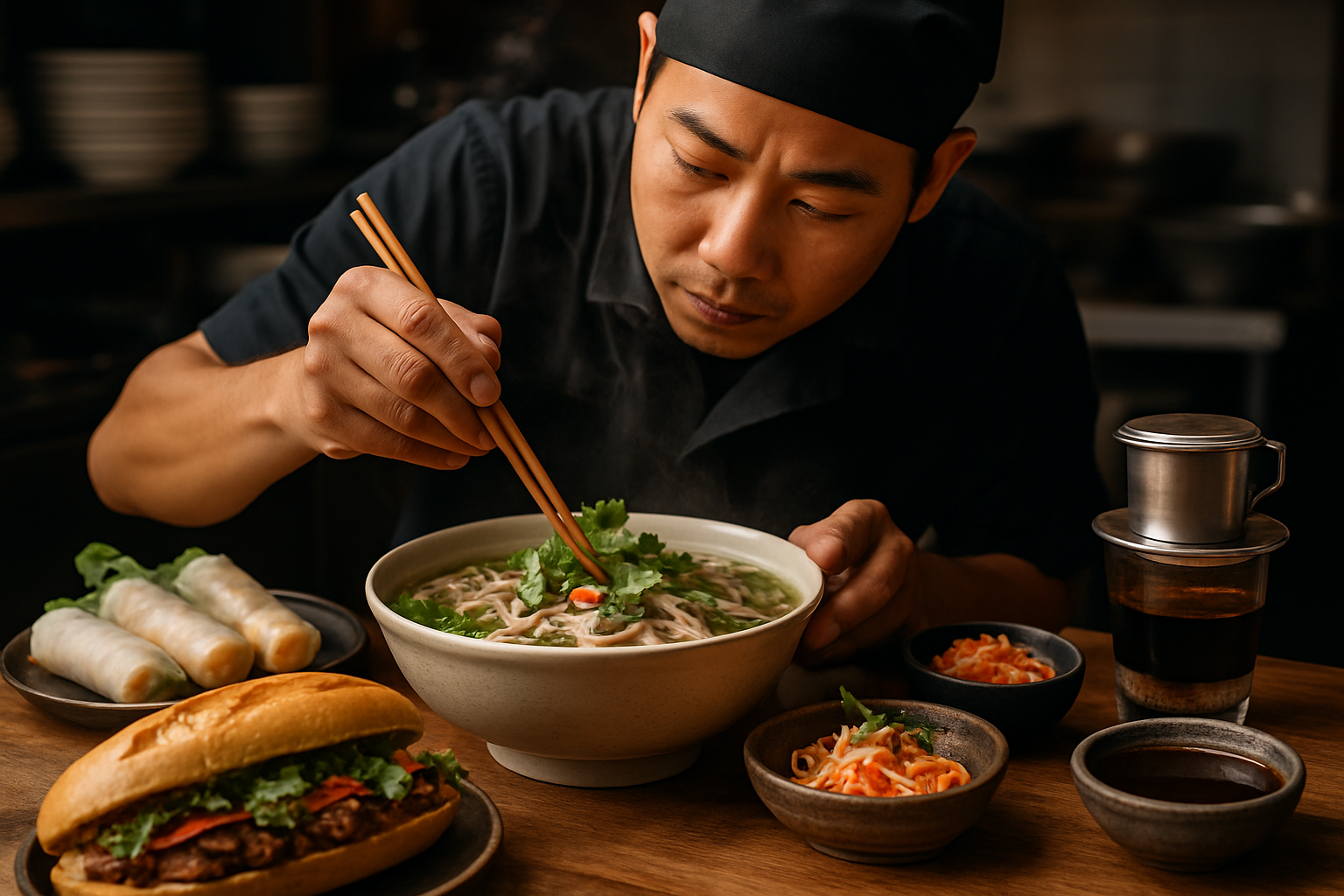Exploring Culinary Time Travel: The Rise of Historical Gastronomy Tours
Embark on a journey through time and taste with historical gastronomy tours, a burgeoning trend in experiential travel. These immersive experiences blend culinary art, historical research, and cultural exploration, offering travelers a unique way to savor the flavors of bygone eras. From ancient Roman feasts to Victorian high teas, historical gastronomy tours are redefining the intersection of food, history, and travel.

The concept began to take shape in the early 2000s, with small-scale events in European cities known for their rich culinary heritage. Historians, chefs, and tour operators collaborated to recreate meals from different historical periods, using authentic recipes, ingredients, and cooking methods. These initial experiments laid the groundwork for what would become a full-fledged travel niche.
The Experience: More Than Just a Meal
Historical gastronomy tours offer a multi-faceted experience that goes beyond simply tasting food. Participants are often immersed in carefully curated environments that reflect the historical period being explored. This might include period-appropriate settings, costumes, and even historical reenactors who guide guests through the customs and etiquette of the era.
The meals themselves are meticulously researched and prepared using traditional techniques and ingredients. Chefs specializing in historical cuisine work to recreate dishes as accurately as possible, often sourcing rare or forgotten ingredients. This attention to detail allows travelers to taste history in its most literal sense, experiencing flavors that have been lost to time.
Educational Aspect: Learning Through Taste
One of the key attractions of historical gastronomy tours is their educational value. These experiences offer insights into the social, economic, and cultural aspects of different historical periods through the lens of food. Guides and historians provide context for each dish, explaining its significance, preparation methods, and the circumstances under which it would have been consumed.
Travelers learn about the evolution of culinary practices, the impact of trade and exploration on local cuisines, and how historical events shaped eating habits. This educational component adds depth to the experience, making it appealing to history buffs, food enthusiasts, and curious travelers alike.
Global Reach: From Ancient Rome to Colonial America
While historical gastronomy tours initially focused on European cuisine, the concept has expanded to include a wide range of historical periods and geographical locations. Travelers can now experience the flavors of ancient Mesopotamia in Iraq, sample the royal cuisine of the Joseon Dynasty in South Korea, or feast like a pharaoh in Egypt.
In the Americas, tours exploring Native American cuisines before European contact offer insights into indigenous foodways and agricultural practices. Colonial-era experiences in places like Williamsburg, Virginia, allow visitors to taste the evolving cuisine of early America, blending European traditions with New World ingredients.
Challenges and Innovations
Creating authentic historical gastronomy experiences presents unique challenges. Many ingredients used in historical recipes are no longer available or have changed significantly over time. Tour operators and chefs must often find creative substitutions or work with specialty producers to recreate long-lost flavors.
Food safety regulations can also pose challenges, particularly when recreating preservation methods or cooking techniques that don’t meet modern standards. Innovators in this field are finding ways to balance authenticity with safety, often using modern technology to achieve historical results.
Savoring the Past: Tips for Historical Gastronomy Travelers
• Research the historical context of your chosen tour to enhance your understanding and appreciation of the experience.
• Be open to unfamiliar flavors and preparation methods – historical tastes often differ from modern palates.
• Look for tours that offer hands-on components, such as cooking classes or ingredient foraging, for a more immersive experience.
• Consider dietary restrictions in advance, as historical menus may not easily accommodate modern dietary needs.
• Combine historical gastronomy tours with visits to relevant museums or historical sites for a more comprehensive experience.
As travelers increasingly seek unique and meaningful experiences, historical gastronomy tours offer a compelling blend of education, entertainment, and culinary exploration. By allowing participants to literally taste the past, these tours provide a tangible connection to history that goes beyond traditional sightseeing. As the trend continues to evolve, it promises to offer even more diverse and immersive ways to explore the world’s culinary heritage, one historical meal at a time.





